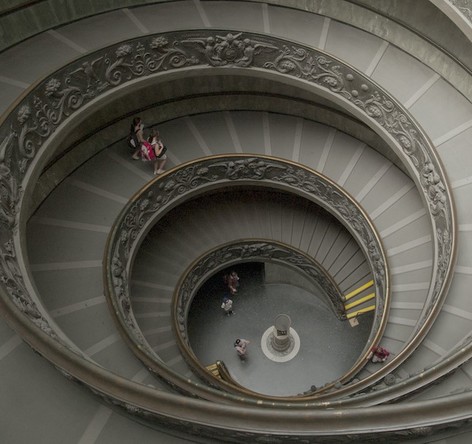


Ah, Rome. The city where hope springs eternal. It is a city that is proud of its ancient glorious heritage, a city that once expanded its empire throughout Europe, Africa and Asia. Rome is a city drenched in history and Christianity. First-time visitors may be easily overwhelmed by all this magnificent city has to offer. After all, one can find history and art on almost every street corner. That's why visitors may want to do their homework to narrow down what they want to see and do before they get on a plane or train bound for the Italian capital.
Rome is divided into several districts with its center, the Colosseo district, containing the most ancient attractions like the Colosseum, Capitoline Hill and the Roman Forum. On the outskirts of the center is Old Rome, featuring the Pantheon, stunning cathedrals, plazas and Renaissance architecture. Unfortunately, it's not possible to see all the top tourist attractions in Rome in a few days or even a few months. Wise travelers won't even attempt to see everything in one trip. To ensure they'll return to Rome, they'll toss a coin into the Fountain of Trevi. Legend has it that those who do will return to Rome again.




